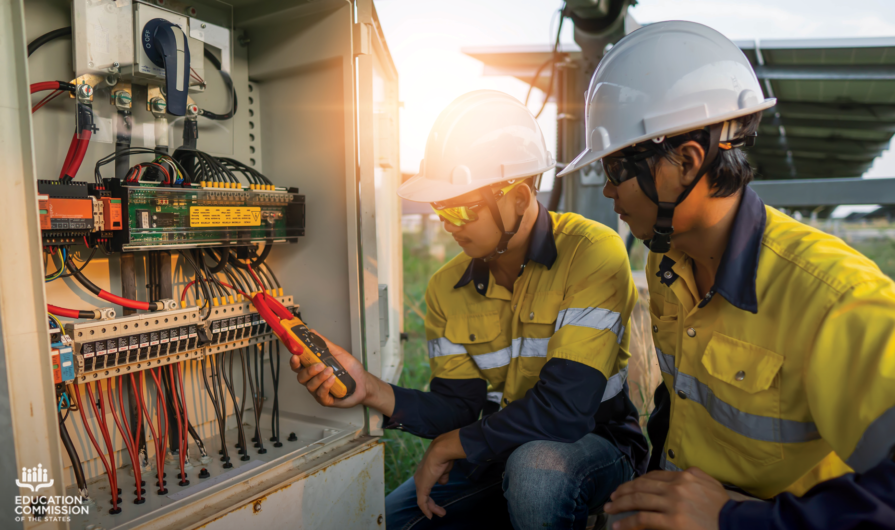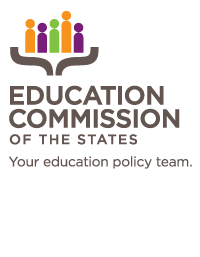Last week, the Biden administration released the American Jobs Plan to support infrastructure across the United States. Much of the plan focuses on mitigating the climate crises and supporting a transitioning economy that is globally competitive. With the proposed investments, there is also a focus on addressing historic racial injustice. The plan seeks to increase and improve education and training to develop a workforce that can help rebuild the nation’s infrastructure.
Here, we break down some of the top-line education and training components of the plan and explore how states can use the plan, if it’s approved, for workforce development and training.
Community Colleges. President Joe Biden is calling on Congress to allocate $12 billion to address community college facilities and technologies and improve access to training programs. The plan specifically calls out the need to address education deserts commonly found in rural communities and efforts to grow local economies. It also addresses current inequities in higher education funding and future needs to rebuild higher education funding in the long term.
Workforce Training. Workforce training is emphasized throughout the American Jobs Plan, specifically targeted toward infrastructure job creation and the need to ensure quality training for in-demand jobs. An entire section of the plan focuses on investing in workforce development. Highlights include pairing job creation efforts with next-generation training, targeting workforce development opportunities in underserved communities, and building capacity within the existing workforce development and worker protection systems. Biden is proposing to invest $100 billion to improve workforce development programs for underserved people and to create pathways for careers starting in high school.
Broadband Expansion. Currently, roughly 30 million Americans live in areas where there is limited internet infrastructure. The plan proposes a $100 billion investment to improve the digital divides through broadband infrastructure, promoting competition and reducing the cost to access high-speed internet to address limited access and affordability.
State Policy Considerations
So what does this all mean for state policy? With the possibility of new federal funding on the horizon, states can assess current and future workforce education and training needs. Existing programs and policies can be supplemented and expanded through the strategic use of federal funds. Below are five ways states can assess their workforce program needs:
-
- Identify and leverage existing state and federal workforce education and training funding streams. What existing programs could be supplemented or expanded with additional funds?
-
- Analyze data and identify people and regions with greatest needs. Through an analysis of labor market and education data and local or regional input, determine who has been impacted most by economic change and the pandemic. How can resources be used to meet their individual needs for education and training as they transition back into the workforce?
-
- Identify education and workforce needs for occupations in fields of infrastructure expansion. Does your state currently have a labor force that possesses the skills necessary to carry out the projects? What training and education needs exist to ensure a trained workforce can rebuild a range of infrastructure in your state?
-
- Evaluate and identify short-term, medium-term, and long-term education and training needs for people in transition. As people look to reskill to transition to new jobs and careers, what are their potential immediate educational needs and how can they build on skills in the future? As the economy continues to evolve, how can current education and training pursuits help support lifelong learning necessary for career advancement?
-
- Identify and engage stakeholders across agencies and sectors. At the state and regional level, who needs to be engaged in identifying workforce education and training needs and developing policy and programs to meet them? What perspectives are brought by representatives from K-12 education, higher education, business, chambers of commerce, economic development agencies and workforce development agencies to create informed and inclusive education pathways to good jobs?
As the proposal makes its way through the federal policymaking process, states can explore and assess options to create workforce education and training opportunities. In doing so, states can identify innovative ways to align education and training paths with infrastructure development, workforce development and economic development needs in the state.















